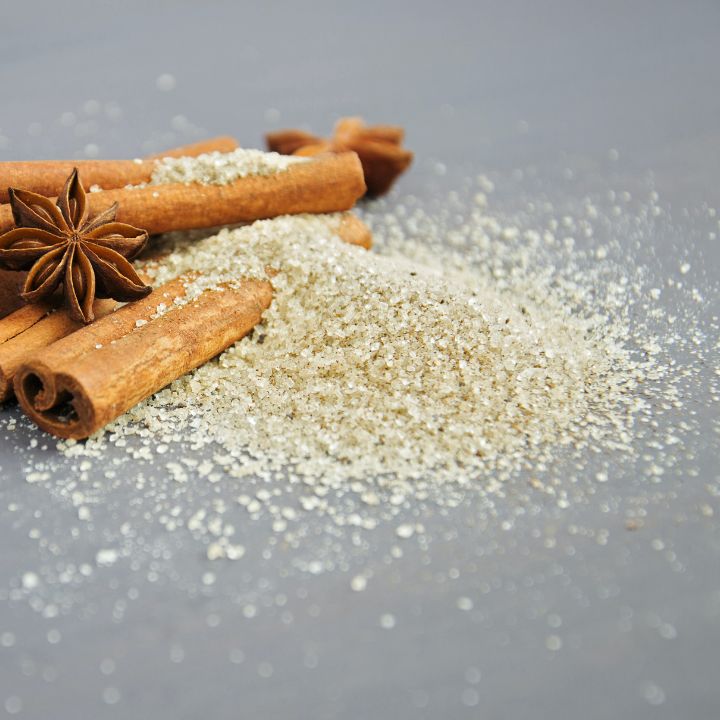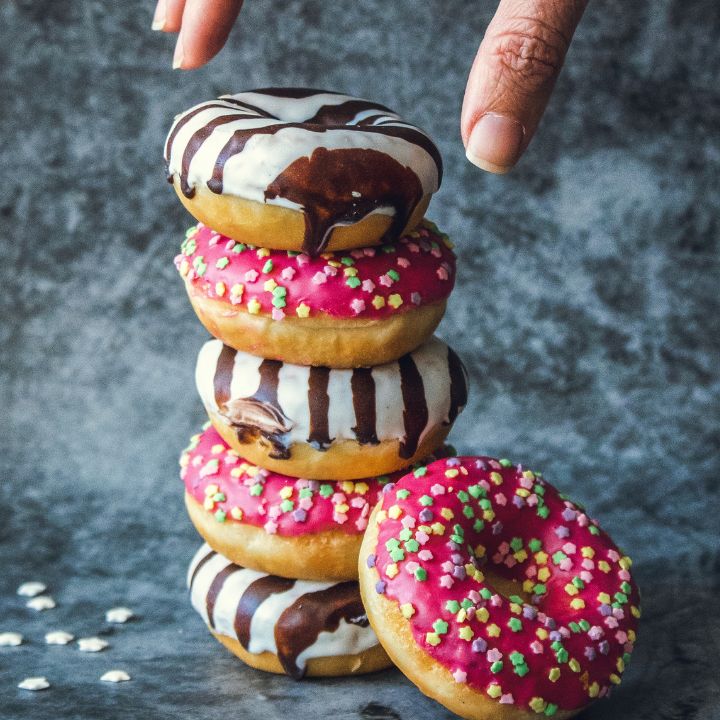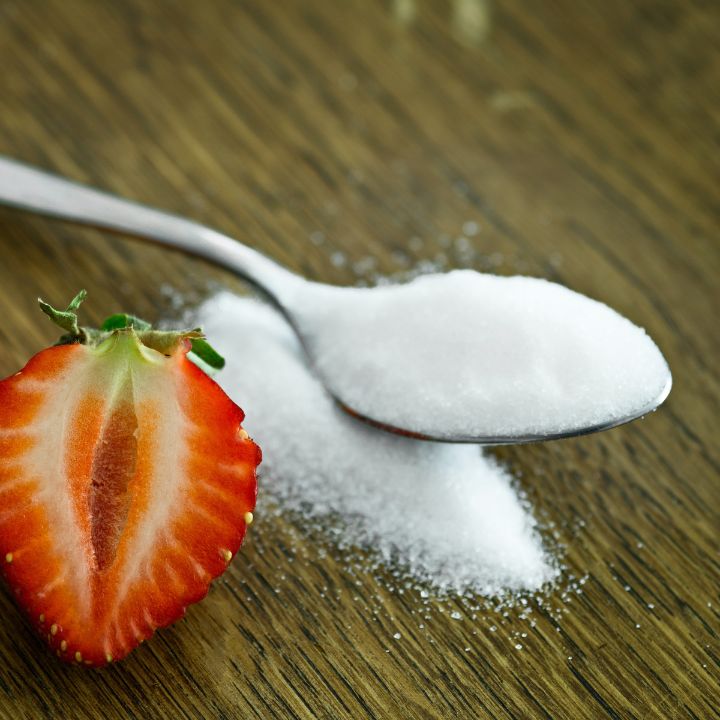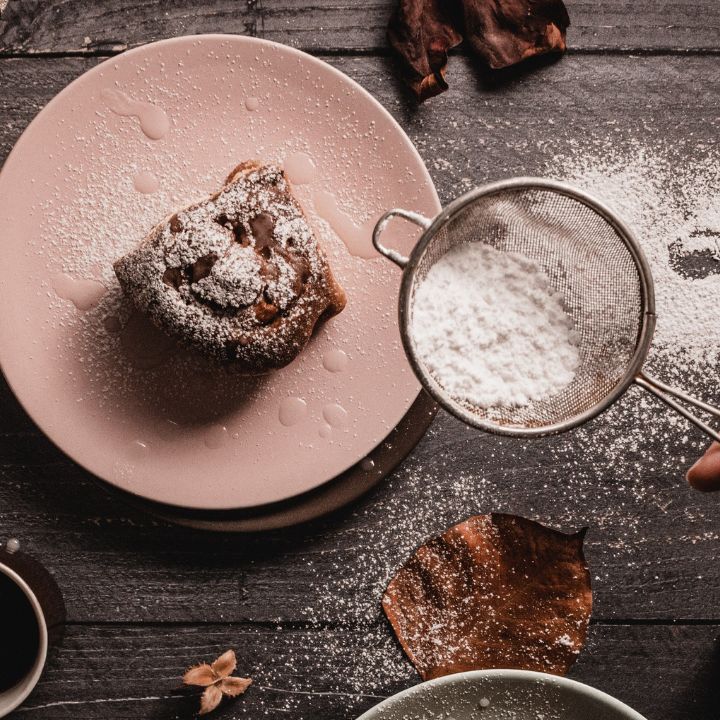The Deal with Substituting
What you’ll live with, and what you won’t
Zero sugar, that’s the marketing tactic that they’re using. Technically yes, there isn’t sugar in there, but there is a sugar substitute, which comes with its own list of calories and issues. Some are plant derived, and considered more healthy, but, are they?
I’ll tell you this for free, my stomach can find a sugar substitute a mile away. Well, it’s more like within a few minutes of being ingested. And bless the bugger, its affects sure stick around a while. It’s like medications, what side effects can I live with, and what can I do without.




Sugar is an essential ingredient in baking, providing not only sweetness but also structure, texture, and color to baked goods. There are many different types of sugar available, each with its own unique characteristics and uses. Understanding the different types of sugar and how to use them in baking is important for creating the best possible baked goods.
Sugar Substitutes
Granulated sugar is the most common type of sugar used in baking. It is made from sugar cane or sugar beets and is the primary source of sweetness in most baked goods. Granulated sugar is a versatile ingredient and can be used in a variety of ways, including as a sweetener in drinks and as a topping for baked goods.
Granulated sugar can be used in a variety of baked goods, including cakes, cookies, and pies. It can also be used as a sweetener for drinks, such as tea and coffee.
Coconut sugar, also known as coconut palm sugar, is a natural sweetener derived from the sap of the coconut palm tree. Unlike traditional cane sugar, coconut sugar is minimally processed, which results in a lower glycemic index and a unique flavor profile. In recent years, coconut sugar has become a popular alternative to traditional sugar due to its potential health benefits and versatility in cooking and baking.
Brown sugar is made by mixing granulated sugar with molasses, giving it a unique flavor and color. It is often used in baking to add depth of flavor and a soft, chewy texture to baked goods. Brown sugar can also be used to make caramel sauces and as a topping for oatmeal and other breakfast foods.
Brown sugar is commonly used in baking to add a soft, chewy texture and a rich, caramel flavor to baked goods. It is often used in recipes for brownies, cookies, and quick breads.
Confectioner’s sugar, also known as powdered sugar, is granulated sugar that has been ground into a fine powder. It is commonly used in baking as a sweetener for icings, frostings, and glazes. Confectioner’s sugar dissolves easily and adds a smooth, creamy texture to baked goods.
Confectioner’s sugar is often used in baking to make icings, frostings, and glazes. It can also be used as a topping for baked goods, such as cakes and donuts.
Raw sugar is made from unrefined sugar cane and has a natural, slightly caramel flavor. It is often used in baking for its unique flavor and as a topping for baked goods.
Raw sugar can be used in baking as a topping for baked goods, such as muffins and scones. It can also be used as a natural sweetener in baked goods, such as cakes and cookies.
Molasses is a thick, syrupy sweetener made from sugar cane or sugar beets. It has a rich, slightly bitter flavor and is often used in baking to add depth of flavor to baked goods. Molasses can also be used to make dark, sticky glazes and sauces.
Molasses is often used in baking to add depth of flavor to baked goods, such as gingerbread and dark, sticky sauces. It can also be used as a sweetener in baked goods, such as cakes and cookies.
Honey is a sweet, thick liquid made by bees from nectar collected from flowers. It has a unique flavor that can vary depending on the type of flower the nectar was collected from. Honey is often used in baking as a natural sweetener and can also be used to make sauces and glazes.
Honey is often used in baking as a natural sweetener and can also be used to make sauces and glazes.
Agave Nectar
Agave nectar is a natural sweetener made from the juice of the agave plant, a succulent native to Mexico. It has become a popular alternative to sugar and other artificial sweeteners due to its unique flavor and perceived health benefits. Agave nectar is commonly used in baking to add sweetness and moisture to a variety of recipes.
Sugar alcohols, such as erythritol, xylitol, and sorbitol, are commonly used as low-calorie sweeteners in baking. They are derived from plant-based sources and are known for their health benefits, such as being low in calories and causing a smaller increase in blood sugar compared to regular sugar. They are also tooth-friendly and can help to prevent tooth decay.
When used in baking, sugar alcohols can help to reduce the calorie content of baked goods and create a similar texture and sweetness to regular sugar. However, excessive consumption of sugar alcohols can cause digestive issues such as bloating, gas, and diarrhea.
Beet sugar is a type of sugar that is extracted from sugar beets. Sugar beets are white root vegetables that are grown in temperate regions around the world. They contain a high concentration of sucrose, which is the main component of beet sugar.
Beet sugar can be used as a direct replacement for cane sugar in most baking recipes. It has a similar sweetness level and texture, so the substitution is usually one to one.
Date sugar is a sweetener that is made from whole dates. Unlike other sweeteners, it is not a refined product and does not undergo any chemical processing. It is simply made by grinding up whole dates into a granulated powder, which can be used as a substitute for white or brown sugar in baking recipes.
Maple Crystals
Maple crystals are a natural sweetener made from pure maple syrup that has been dehydrated and crystallized. The resulting crystals have a texture similar to brown sugar and a rich, caramel-like flavor with hints of maple.
One of the benefits of using maple crystals in baking is that they are a natural sweetener, free from artificial additives and preservatives. They also have a lower glycemic index than refined sugar, meaning that they cause a slower rise in blood sugar levels.
Fructose
Fructose is a natural sugar found in many fruits and vegetables. It is often used as a sweetener in the food industry due to its sweet taste and ability to enhance flavors. Fructose is a popular alternative to table sugar and is often used in baking as a substitute for other sweeteners.
Fructose can be found naturally in many fruits, such as apples, bananas, and pears. It is also found in some vegetables, such as sweet potatoes and onions. It is commonly extracted from corn syrup or sugar beets through a process of hydrolysis, which breaks down the starches into fructose and glucose.
Monk Fruit
Monk fruit, also known as luo han guo, is a small round fruit native to Southeast Asia. It has been used for centuries in traditional Chinese medicine as a natural sweetener and remedy for coughs and sore throats. More recently, monk fruit extract has gained popularity as a sugar substitute due to its natural sweetness and health benefits.

